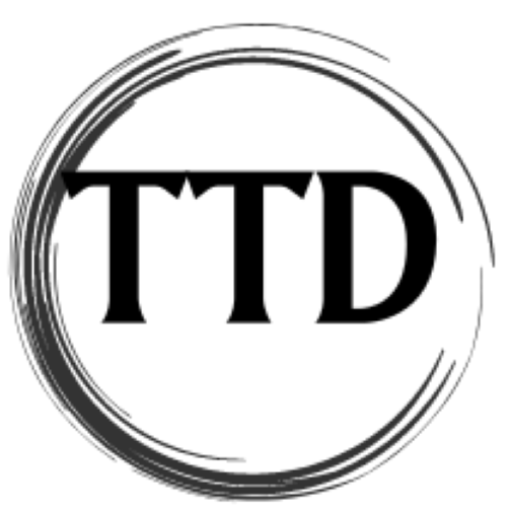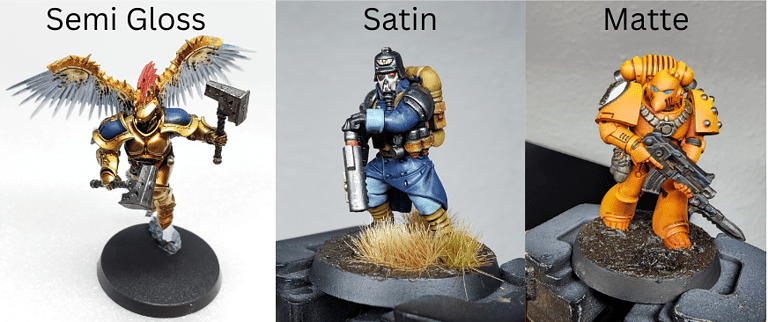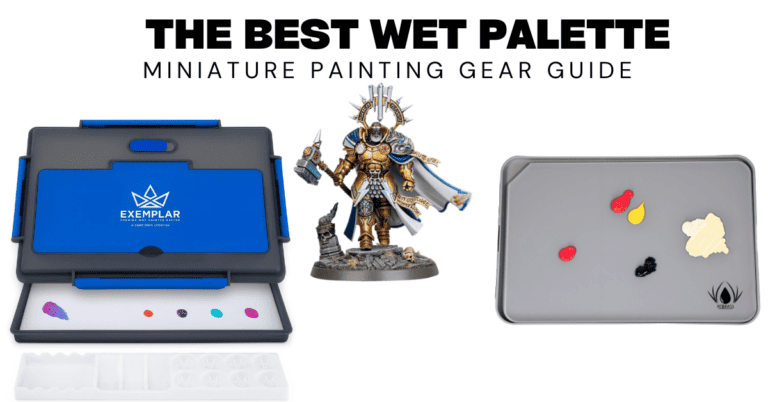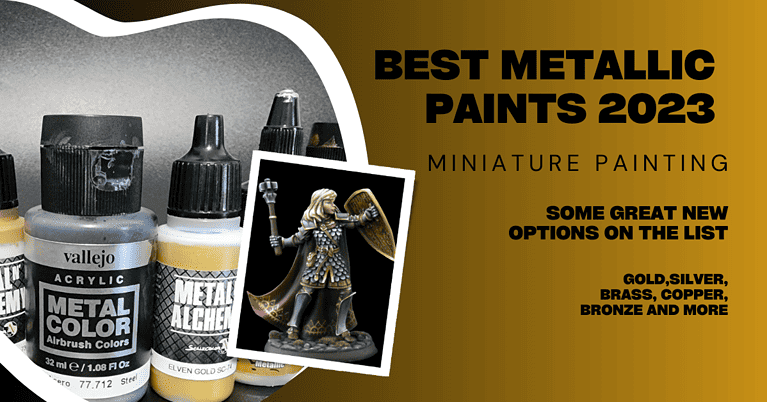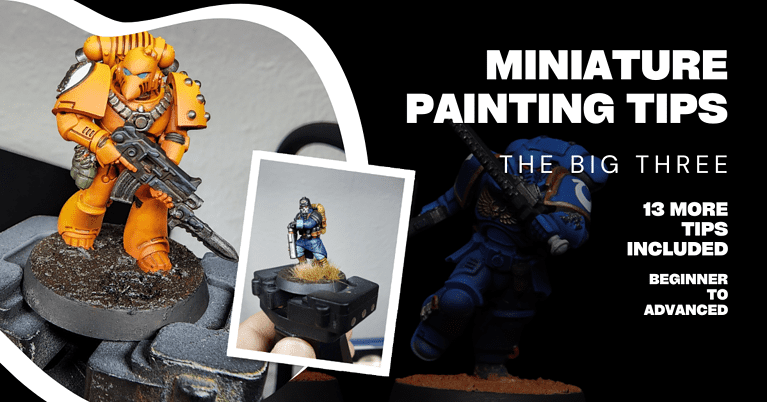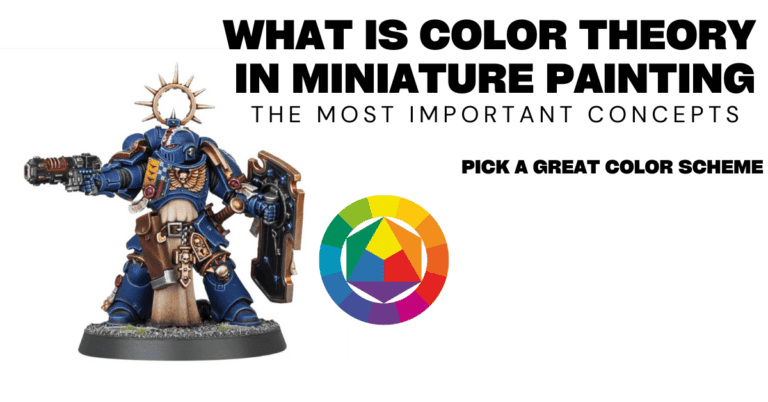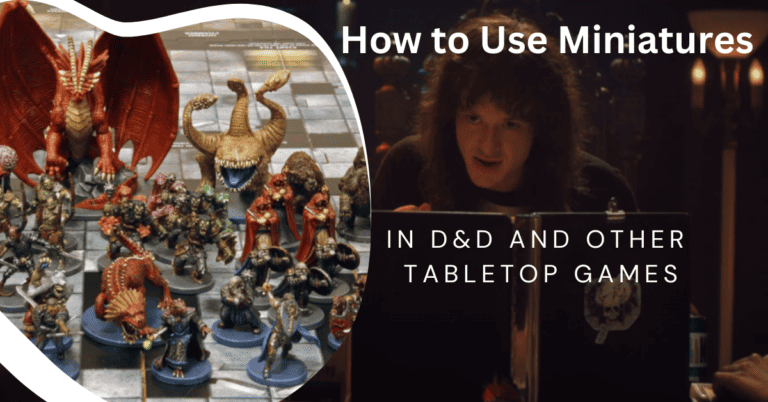How to Dry Brush Miniatures Effectively – With 3 Extra Tips
Takeaways on Dry Brushing Miniatures:
- Dry brushing is an excellent technique to have in your miniature painting toolkit
- It’s simple to do, and doesn’t require much time
- You’ll get a lot of impact for the investment, drybrushing makes a big difference if done right
- There are brushes specifically made for drybrushing, but you can also use very cheap generic synthetic brushes or even make up brushes from the dollar store.
One of the biggest concepts in art is contrast. The color wheel, light and shadow, warm and cold colors, highlights and shading. Dry brushing is an excellent way to get some quick and effective contrast, typically for highlighting.
I like to think of this as the highlighting version of using a wash. Washes settle into recesses and give shadows, it’s quick and a low learning curve. Dry brushing is the same for highlights, you’ll just brush on a brighter color over the top of your other layers.
What you’ll need to Dry Brush Miniatures
- A brush dedicated to dry brushing: typically the choice is between stiff and soft bristles. I suggest trying both.
- A palette to hold your paint
- A paper towel or similar to blot your paint, extra important for drybrushing
Dry brushing is a simple technique and doesn’t require much to implement. I’ll give a few examples of options here:
Inexpensive options I have personally used:
Cheap Synthetics – Stiff brush options to try. Use the flatter versions to dry brush with.
Cheap Make up brush – Any of these will work for a soft dry brush application.
Any old worn out brush can also do the job. So if you have anything like that give it a try.
Moderately priced options:
Citadel Dry Brush – I have this and honestly I think I’ve used it the most. Not that it’s the best, but it does the job and I’m used to it.
Options I have not personally tried but I am aware of:
Army Painter Drybrush set – I’m looking now and Amazon has them for 23 bucks, to me it’s not worth it.
Artis Opus Drybrush Set – Very expensive, but possibly worth it if you try dry brushing and love it. They have videos on the methods they use and it’s pretty impressive. I have some of their paint brushes but not these dry brushes. They are good quality. That price though…
Steps for Dry Brushing Your Miniatures
- Start with a dry, clean paint brush or make up brush with a lot of surface area not a sharp tip.
- Lightly dip your brush into the acrylic paint of your choice.
- Run your brush firmly against a paper towel or similar. Your goal is to work the paint into the bristles while simultaneously getting most of the paint off the brush.
- Using light strokes and a back and forth quick motion, apply the paint over the top surfaces of your miniature.
The essence of this technique is applying a light dusting of paint on the highest points of your miniature. So the top of his head, the tops of shoulder pads, anything sunlight would hit first when standing outside on a clear day.
So take a clean, dry brush with no moisture on it, and dip it in your paint lightly. You want a brush with a flat or rounded head, not a sharp tip. Examples:
The rounder, fluffier tips give a softer look to them. Make up brushes fall into that category as well. The stiff bristles give a bit different look and can sometimes be better for the job if it’s a heavily textured surface like fur or chain mail for example.
My suggestion is to try both as they are very inexpensive, see what they do for you and add them to your tool box of miniature painting techniques.
Once you have the brush you’ll use, work the paint into the bristles while removing most of it off the brush. It sounds counterintuitive but you only want a little paint on the brush. This allows for a light coat that doesn’t dominate the miniature. You want a subtle addition of color.
Then lightly brush over the surface with a quick back and forth sweeping motion. Again less is more, light touch. You can always add more.
Other Considerations
Dry brushing is often used on it’s own, but you can also employ it in combination with other methods. For example you can prime a miniature black, and dry brush on white to add highlights. Then cover with a transparent paint.
The “Slapchop” method of painting incorporates Dry Brushing as well. It’s basically: Prime black, heavily dry brush gray, light dry brush white, then paint with either Citadel Contrast Paint, Army Painter Speed Paint or Vallejo XPress Color paints. All of which also add instant contrast to the shades you use.
Here is that video:
https://www.youtube.com/watch?v=bH3WGHw9eDw
The last thing I’ll mention is when to dry brush. This technique is exceptionally good when dealing with textures. Fur, chain mail, anything with a lot of raised and sunken surfaces you can lightly brush over.
The other time it can be a real help is Edge Highlighting. When you have a surface with clearly defined edges, a nice highlight on them makes a big difference. Dry brushing can be an easy way to get some color on those edges.
For example if you are painting a dragon’s wings, a nice dry brush in a lighter color on the wings edges will give a great sense of depth to them.
